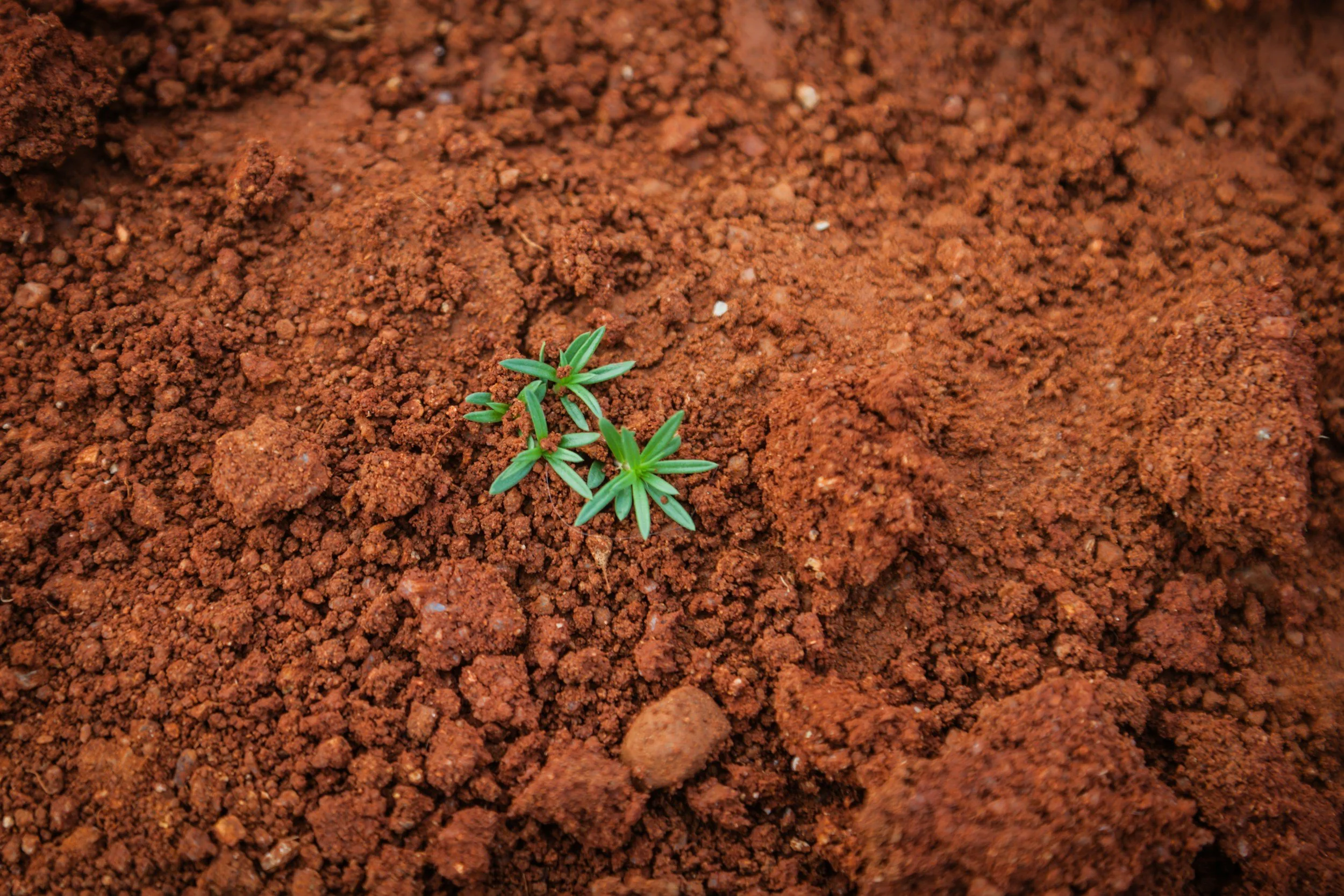Just Dirt
The Best Composting Methods for Beginners (and Which One Fits Your Lifestyle)
Composting is one of the simplest and most rewarding ways to reduce waste, enrich your garden soil, and help the planet—all while saving money on fertilizer. But for beginners, the different composting styles and equipment options can be overwhelming. Should you go with a simple pile in the backyard? Invest in a sleek countertop unit? Or try your hand at a worm bin?
This guide breaks down the most popular composting methods, their pros and cons, and how to choose the right one for your home, budget, and lifestyle.
1. Backyard Compost Piles & Bins
Best for: People with outdoor space, gardens, or yards.
Backyard composting is the classic, low-cost approach—simply pile up organic materials like food scraps, grass clippings, and leaves, and let nature work its magic. You can go ultra-simple with a loose pile or speed up the process with a compost bin to keep things tidy and protected from pests.
Pros:
Inexpensive (or free if you make your own bin)
Handles large amounts of yard and kitchen waste
Great for gardens
Cons:
Needs outdoor space
Can attract pests if not maintained properly
Takes longer without turning or aerating
Consider above-ground compost bins, tumblers, and aeration tools from brands like FCMP Outdoor, Envirocycle, or Vitamix FoodCycler (for hybrid indoor/outdoor use).
2. Worm Composting (Vermicomposting)
Best for: Apartment dwellers or anyone with limited space.
Worm composting uses red wiggler worms to break down organic waste into rich, nutrient-dense castings—one of the best natural fertilizers you can get. A worm bin can fit in a closet, under a sink, or on a balcony, and produces virtually no odor when maintained properly.
Pros:
Small footprint, works indoors
Produces high-quality compost quickly
Great educational project for kids
Cons:
Requires live worms and ongoing care
Not ideal for large amounts of yard waste
Worms can die if conditions aren’t right
We are currently researching programs with Urban Worm Company, Uncle Jim’s Worm Farm, and Worm Factory for worm bins, starter kits, and accessories.
3. Bokashi Composting
Best for: Those who want to compost all food scraps, including meat and dairy.
Bokashi is a Japanese method that ferments organic waste in a sealed bucket using beneficial microbes. It’s faster than traditional composting and works well in small spaces. After fermentation, the pre-compost can be buried in soil or added to a larger compost pile for final decomposition.
Pros:
Works indoors
Accepts food waste other methods avoid (meat, dairy, oily foods)
Produces compost tea for plants
Cons:
Requires purchase of Bokashi bran regularly
Fermented waste needs a final decomposition step
Buckets need to be cleaned between uses
Check out: Bokashi Living, SCD Probiotics, and Vitamix FoodCycler
4. Countertop Electric Composters
Best for: Busy households wanting quick, odor-free compost with minimal effort.
Electric composters grind, heat, and dry food scraps into a soil-like amendment in just hours. They’re compact, clean, and perfect for small kitchens.
Pros:
Fastest method—compost in hours
Odor-free and pest-proof
Works year-round indoors
Cons:
Higher upfront cost
Needs electricity
Output is more of a soil amendment than fully mature compost
We can’t wait to try: Lomi, Vitamix FoodCycler, and Reencle.
Tips for Choosing Your Compost Method
Space: Got a yard? Go for a pile or tumbler. Small apartment? Try worm or Bokashi bins.
Waste Type: Lots of yard clippings? Backyard composting wins. Meat and dairy? Bokashi or electric composter.
Effort Level: Want low-maintenance? Electric or worm composting require less turning and monitoring than traditional piles.
Speed: Electric composters are fastest, followed by Bokashi, worm bins, then traditional piles.
Bottom of the Bin:
No matter where you live or how much time you have, there’s a composting method for you. Start small, learn the basics, and you’ll soon be turning waste into a valuable resource for your plants—and for the planet.


